
Choosing building materials for a shelf is a simple task when deciding between wire shelving and wood shelving, but choosing between differing wood types, such as melamine and other pressed boards or natural wood, increases the difficulty for those unfamiliar with wood styles. According to WoodMagazine.com, "melamine-coated particleboard[s] have plenty of advantages over solid stock [woods]." These advantages may not outweigh the disadvantages of an individual shelf project though.
Melamine Pros
Video of the Day
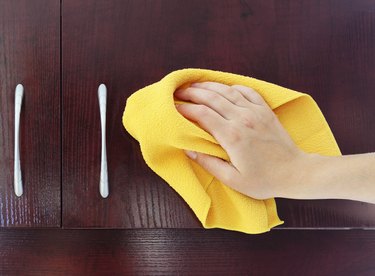
Melamine is inexpensive when compared to natural wood and readily available on the market. According to WoodMagazine.com, melamine is available in a variety of colors and faux wood-grain finishes. Melamine typically wipes clean with a damp cloth. Melamine is also available with real wood finishes.
Video of the Day
Wood Pros
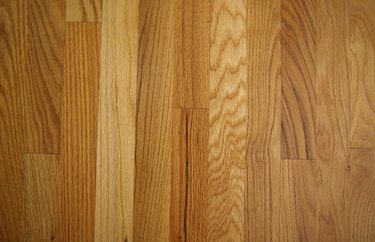
Solid natural wood is much lighter than melamine. Natural wood does not use chemicals or adhesives that release into the environment (though some treated woods release chemicals). Wood is easy to cut and drill, takes nails and screws well and requires no glue for assembly (though wood glue is used by some woodworkers).
Melamine Cons
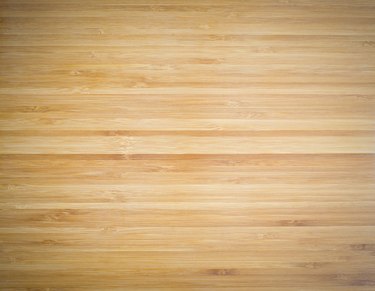
Melamine can crack and chip while cutting and frequently requires glue in addition to screws and nails. Melamine is not moisture resistant the way other pressed boards are, reports WoodMagazine.com. Melamine requires finishing edge bands to cover unsightly cut edges, is heavy and uses chemicals or adhesives to bond small particles together in its formation. Melamine releases some of these chemicals in the air and creates a smell some would describe as unpleasant.
Wood Cons
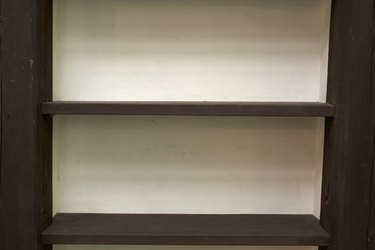
Wood is fairly expensive when compared to melamine. Wood is also not moisture resistant, but a wood sealant can easily remedy this. Wood needs more support brackets when used as a shelf, as wood cracks under weight easier than pressed particle boards like melamine do.
Melamine Vs. Wood Shelving
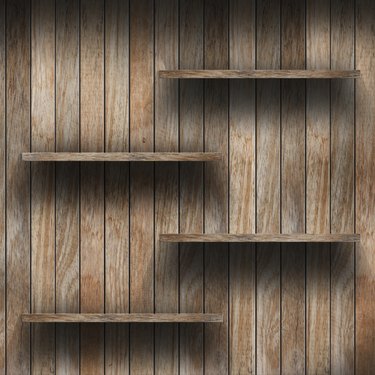
Melamine is a type of man-made wood manufactured from real woods. The weight of melamine may make it unfit for large or long shelves, as the shelf supports may need excessive overbuilding to distribute the weight efficiently. Natural woods may need extra shelf supports to stop cracking, but excessive weight is not an issue, so supports do not need extreme overbuilding. Natural, untreated woods do not release chemicals into the surrounding environment and are perhaps better suited for indoor use than melamine because of this. Both materials are acceptable shelf building woods, but size and location of the shelf will likely play a role in determining which material to use.